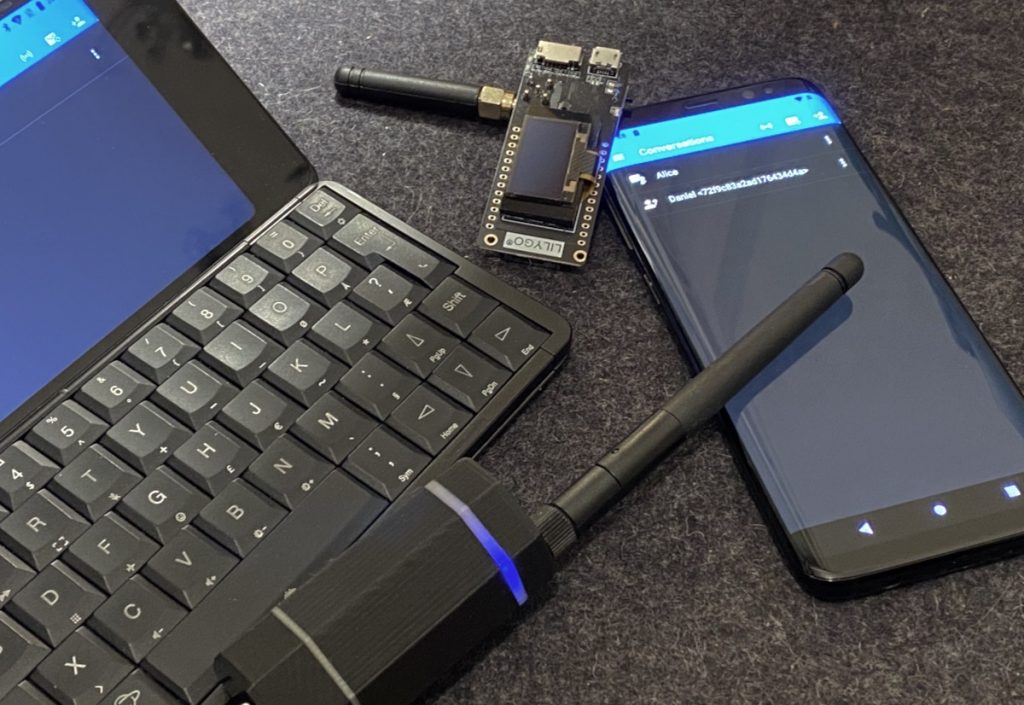Semiconductor manufacturer Microchip produces an assortment of LoraWAN modules. The RN2483 low-power long-range transceiver module provides a simple, low-power solution for long-range wireless data transmission with advanced command software. The module observes the LoraWAN Class A protocol specifications. The module is suitable for a simple long-range sensor when utilized with an external host MCU. Using Lora gateway Technology modulation strategies, a receiver can be achieved by the RN2483 sensitivity of -146 dBm. This high sensitivity with the built-in +18.5 dBm output power amplifier yields an industry-leading link spending plan, optimizing it for applications requiring extended range and robustness.
Lora Technology modulation also benefits both blocking and selectivity compared to conventional modulation strategies, solving the original design compromise between extensive range, interference resistance, and low energy usage.
Lora technology:
The Lora gateway Alliance defines Lorawan network architecture as typically organized in a star-of-stars topology in which gateways behave as transparent bridges relaying messages between end devices and a network that is central in the backend. Gateways are connected to the community server via standard IP connections, while end-devices use single-hop communication that is wireless through one or many gateways. End-point transmission is generally bi-directional but also supports operations such as multicast, enabling software upgrades on the air or other mass distribution communications to reduce the on-air communication time.
Communication between end devices and gateways is spread between various frequency channels and data rates. Data rate selection is a trade-off between interaction message and range timeframe. Because of the spread spectrum technology, communications with different data rates usually do not restrict each other and generate a set of “virtual” channels, growing the capability of the gateway. The LoraWAN network server manages the information rate and RF output for each end-device individually through an adaptive data rate (ADR) scheme to maximize the end devices’ battery life and overall network ability. LoraWAN data prices range from 0.3 kbps to 50 kbps.
Data rates:
The Lora technology does what it is suggested to excel enough – but NB-IoT is easily the more IoT that is efficient protocol more immediate applications. The average info in an NB-IoT slim band setup is 200 Kbps, about 20 times quicker than the Lora gateway. The higher data charges of NB-IoT make it perfect for execution in applications that need faster data throughputs.
Need for gateways:
However, there was a disagreement that, depending on the terminology used, interface, and functionality of devices, gateways, and base stations are virtual items that are interchangeable. Hence, both NB-IoT and Lora gateways (or base stations) are required for functioning. The Lora gateway requires dedicated gateways to function, although the NB-IoT infrastructure is initiated by directly connecting the bed’s base stations with the sensors.
Cost:
Minimal expense is crucial for IoT suitability, and Lorawan holds the pros here. The general cost of modules floats at around $8-10 – about a large portion of the purchasing price of cell LTE modules like NB-IoT. The NB-IoT organization’s more prominent intricacy, the IP-sovereignty issues connected with the authorized band, and the more noteworthy silicon region are expected to consolidate to push up the total NB-IoT costs. Furthermore, moving up to a high-level base 4G/LTE for NB-IoT is a more expensive occasion than Lora arrangements through modern passages or pinnacle top entryways. Lora’s innovation costs will drop further as more combinations and markets mature.
We could see from these factors that each technology has its advantages and drawbacks; the better option depends upon the application. Time will tell if either standard emerges while the leader is undisputed in the LPWAN market.
Some Lorawan proponents:
The Lora Alliance is an open, non-profit relationship of members who believe the Internet of Things period is current. Industry pioneers had started a mission to normalize Low Power Wide Area Networks (LPWAN) being sent all over the planet to permit the Internet of Things (IoT), machine-to-machine (M2M), smart city, and modern applications. The Lora Alliance is promoting the interests and development of the Lora protocol. The Alliance clients will team up to work on a vehicle for the overall outcome of the Lora convention (Lorawan) by dividing information and experience to ensure interoperability among administrators in one accessible global norm.
The Things Network (TTN) is an organization that builds on this platform by giving a system that anyone can connect to by spending typically $500 to $1500 on a low-cost gateway. The organization is working to help make its network as decentralized as possible, without the valid points of failure or control. A beautiful aspect is its availability without the importance of licensing. Users are motivated to participate in their forum or start their communities to increase the network. There is certainly no need to involve significant telcos in this community-based scenario, while TTN has been established in 89 countries.
Conclusion:
This article shows how LoraWAN technology provides developers a nice-looking route to build IoT installations involving sensors located kilometers instead of meters from the nearest gateway. Many manufacturers now offer relatively end that is low-cost and gateways, and entry into LoraWAN system infrastructures can be license-free.
You can find other long-range cellular and non-cellular LPWAN options available. Still, LoraWAN has a task that is significant play, with numerous installations already in position around the entire world.


